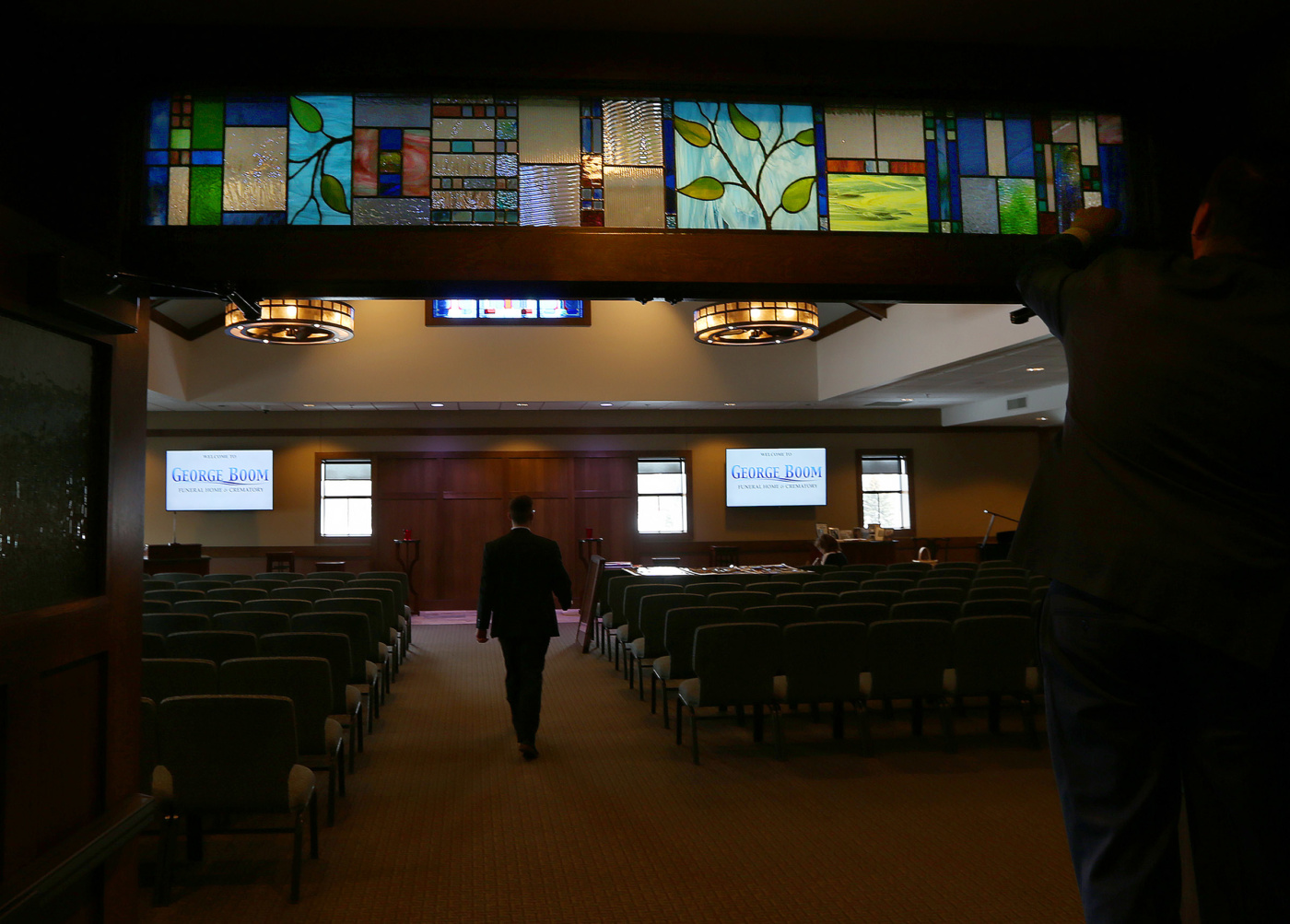
Much of the growth in the first part of the 20th century was fueled by agriculturally based industry, such as the Morrell plant and the nearby stockyards (one of the largest in the nation).ĭowntown Sioux Falls in 1908, looking west The city grew by only 89 people from 1890 to 1900.īut prosperity eventually returned with the opening of the John Morrell meat packing plant in 1909, the establishment of an airbase and a military radio and communications training school in 1942, and the completion of the interstate highways in the early 1960s. A severe plague of grasshoppers and a national depression halted the boom by the early 1890s. The population of Sioux Falls mushroomed from 2,164 in 1880 to 10,167 at the close of the decade. The arrival of the railroads ushered in the great Dakota Boom decade of the 1880s. The Village of Sioux Falls, consisting of 1,200 acres (4.9 km 2), was incorporated in 1876 and was granted a city charter by the Dakota Territorial legislature on March 3, 1883. The population grew to 593 by 1873, and a building boom was underway in that year. Many former settlers gradually returned and a new wave of settlers arrived in the following years. The abandoned townsite was pillaged and burned.įort Dakota, a military reservation established in present-day downtown, was established in May 1865. The settlers and soldiers stationed here traveled to Yankton in late August 1862. The town was evacuated in August of that year when two local settlers were killed as a result of the conflict. The following year the population grew to near 40.Īlthough conflicts in Minnehaha County between Native Americans and white settlers were few, the Dakota War of 1862 engulfed nearby southwestern Minnesota. Seventeen men then spent "the first winter" in Sioux Falls. They built a temporary barricade of turf which they dubbed "Fort Sod", in response to native tribes attempting to defend their land from the settlers.

Each laid out 320-acre (1.3 km 2) claims, but worked together for mutual protection.

Paul and the Western Town Company of Dubuque, Iowa organized in 1856 to claim the land around the falls, considered a promising townsite for its beauty and water power. Two separate groups, the Dakota Land Company of St. Jacob Ferris described the Falls in his 1856 book "The States and Territories of the Great West". Captain James Allen led a military expedition out of Fort Des Moines in 1844.

The first documented visit by an American of European descent was by Philander Prescott, who camped overnight at the falls in December 1832.

įrench voyagers/explorers visited the area in the early 18th century. Lakota populate urban and reservation communities in the contemporary state and many Lakota, Dakota, and numerous other Indigenous Americans reside in Sioux Falls today. Indigenous people maintained an agricultural society with fortified villages, and the later arrivals rebuilt on many of the same sites that were previously settled. Numerous burial mounds still exist on the high bluffs near the river and are spread throughout the general vicinity. Ho-Chunk, Ioway, Otoe, Missouri, Omaha (and Ponca at the time), Quapaw, Kansa, Osage, Arikira, Dakota, and Cheyenne people inhabited and settled the region previous to Europeans and European descendants. The lure of the falls has been a powerful influence. The falls were created about 14,000 years ago during the last ice age. The history of Sioux Falls revolves around the cascades of the Big Sioux River.


 0 kommentar(er)
0 kommentar(er)
